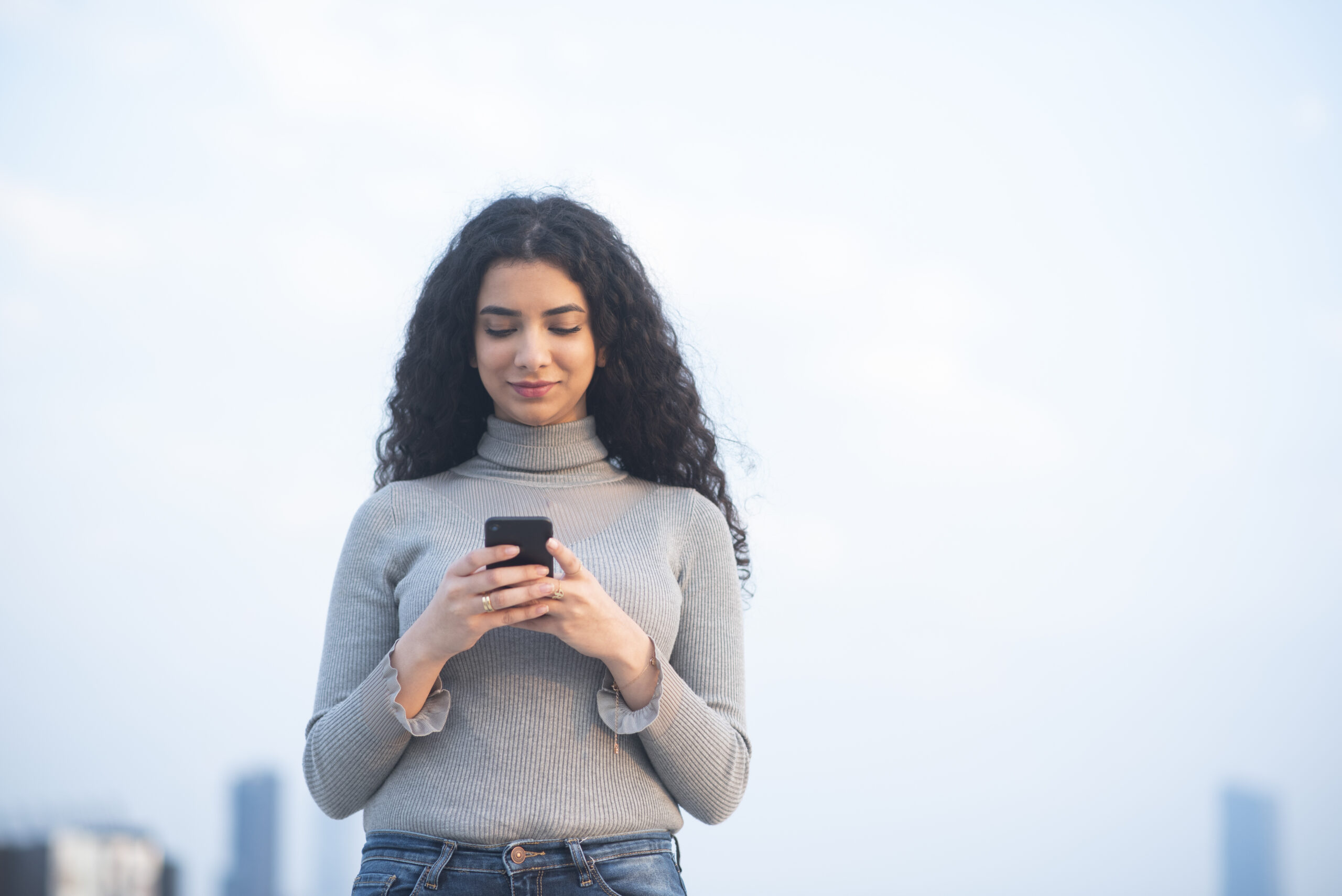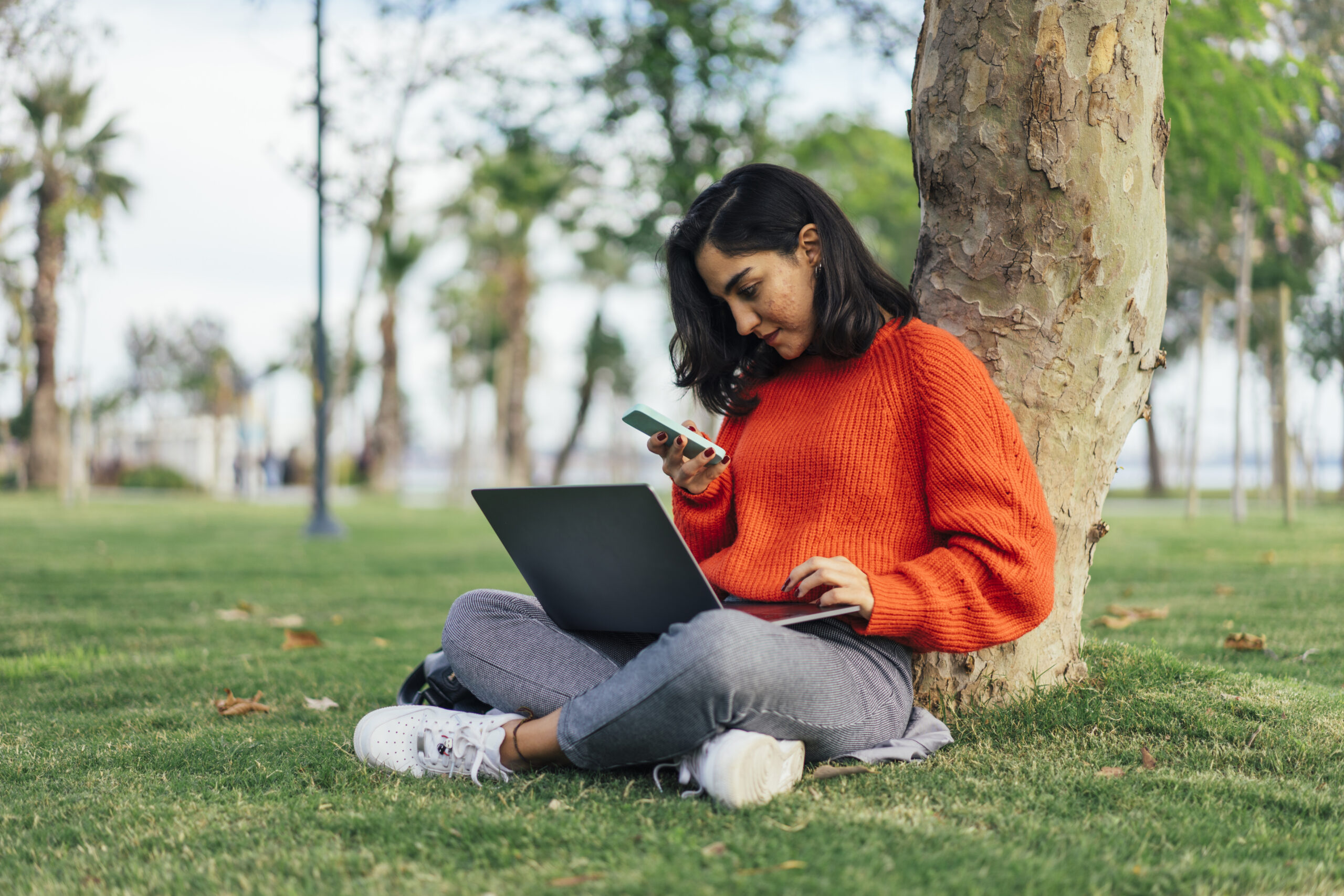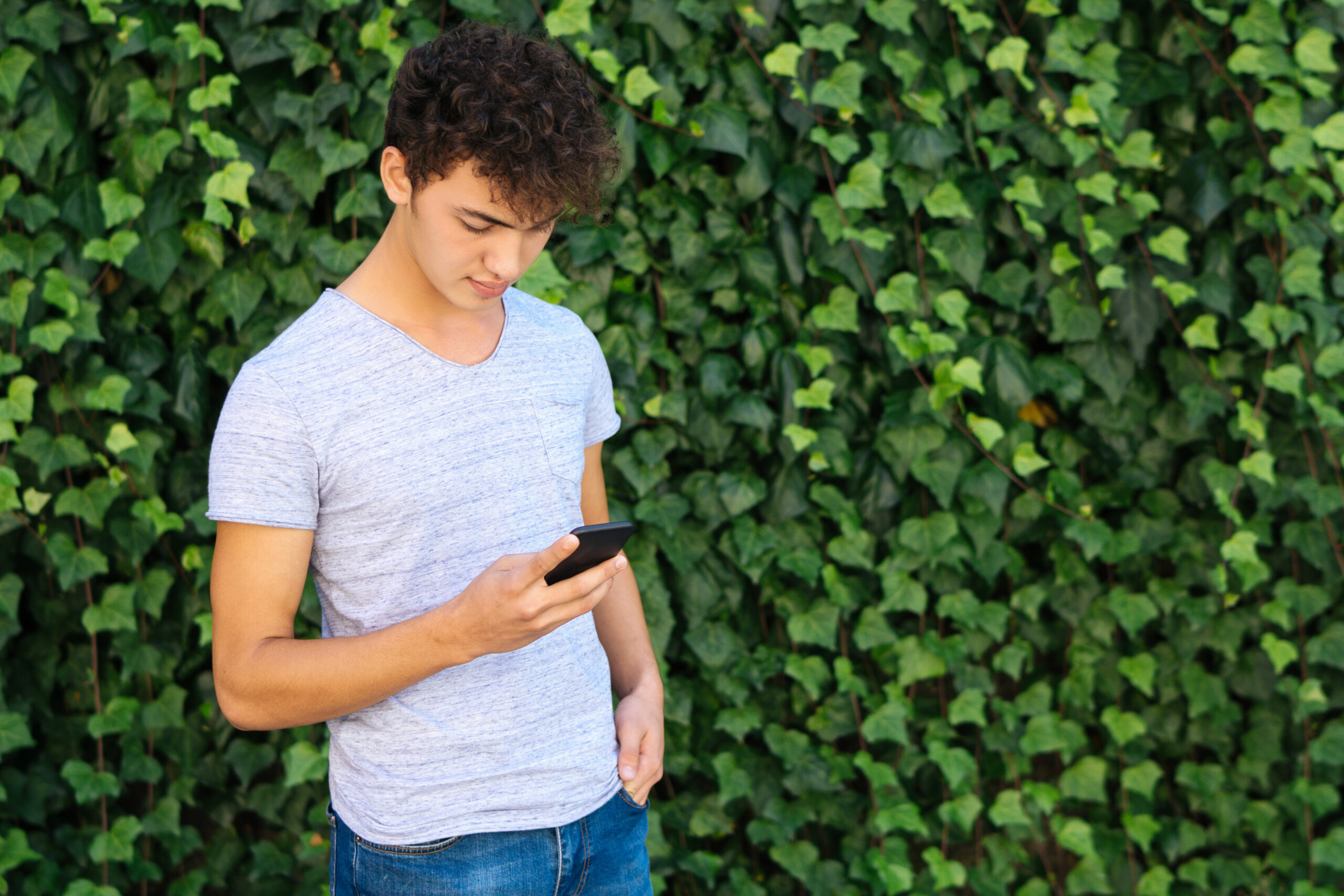Lesson 8: Metadata
Before you start the lesson, make sure to read through the lesson overview and the lesson preparation. The Facilitator Guide can also help you prepare.
Lesson Overview
Participants will learn how metadata relates to the news verification process by viewing an image’s metadata on three different metadata viewers. They will analyze the EXIF data of an image and discuss some of the challenges social media platforms and mobile devices pose for viewing accurate metadata. They will observe how easily metadata can be modified and will be able to explain the importance of identifying an image’s origin before examining its metadata.
Lesson Preparation
ESTIMATED TIME
60 Minutes
ESSENTIAL QUESTIONS
- Why does metadata matter?
- Is metadata an accurate way to verify if an image is real?
MATERIALS
PREPARATION
- Students will need internet access for this lesson.
- There are opportunities to localize content to your students’ experience and local context. These opportunities are flagged as a “Teacher’s Note.” We suggest you read through the lesson ahead of time and prepare the examples before the lesson begins.
OPTIONAL: ISTE DIGCITCOMMIT COMPETENCY
- INFORMED: I evaluate the accuracy, perspective, and validity of digital media and social posts.
TELL YOUR STUDENTS
In a previous lesson, you learned how scrapes and memes are easily made, altered, and shared on social media. Now imagine you are a journalist who is reporting on a breaking news event. You are writing an article about the event, and you begin to search for photographs that relate to your event.
ASK YOUR STUDENTS
- Why do you think it is important for a journalist to find the original version or the original person who took a photograph?
TELL YOUR STUDENTS
It is important for journalists to cite original sources, as often as possible, when covering news stories in order to show the general public that they have conducted proper research for their stories. Using original sources and following best practices such as crediting the person who created the image helps ensure that news consumers understand the original context of an image. Images may also be subject to various copyright laws when they are reproduced, displayed in a publication, or used by various non-profit or for-profit organizations.
Verifying the original content and the source also allows journalists to determine whether a news item is real or fake. Digital photographs, audio recordings, video footage, books, and other digital media contain metadata, or “data about data.” Every digital file has metadata; metadata information is attached to the media itself, and it can be used to search, organize, and filter information in the digital world.
ASK YOUR STUDENTS
- When you take a photograph using your mobile phone, what information do you think your device captures about the image?
TELL YOUR STUDENTS
Metadata can include an item’s date and time of capture, GPS location, and even the camera model and/or settings used to capture the item.
EXIF data, one of the most useful types of metadata for images, can tell you when a photo was captured, when it was uploaded, and where it was captured (if the location setting on the person’s mobile device was turned on) (First Draft).
There are a number of free EXIF viewers online, including Metapicz, ExtractMetadata.com, and Jeffrey’s EXIF Viewer.
IMAGE CLASS INTERACTION
Let’s take a look at the metadata from a sample image of a shark.
Click on this link. Then click on the image of the shark and kayaker. The image should then open on a new page. Highlight the link of the image and input it into Jeffrey’s Image Metadata Viewer. Click on “I’m not a robot” and then select the “View Image Data” button.
Review the metadata you see here.
Teacher's Note This example is intended to make students think critically about the images they see and learn how to check the metadata available for the image. While the shark image is a great example to use, we encourage you to choose an image that will resonate with your students. If there is a local example that your students will connect with more, we recommend using that example instead.
ASK YOUR STUDENTS
- What information has been captured from this image?
- Why do you think the Modify Date in the EXIF table is different from the Date Created in the IPTC table?
Teacher's Note Optional: Ask participants to turn to the person sitting next to them to discuss these questions in pairs.
ASK YOUR STUDENTS
- Is this the original image captured by the photographer? How can we verify this information?
TELL YOUR STUDENTS
We cannot be completely sure that this image is the original captured by the photographer. As previously mentioned, metadata can be easily changed. To confirm whether this image is, in fact, the original, a journalist can try to contact Thomas Peschak to confirm whether this image is the original copy; the journalist could do so by asking to confirm individual pieces of metadata about the image such as the date and location of capture.
Although it can be a useful part of the verification process, metadata has several limitations:
- Social media sites remove metadata, so people must try to get access to the original files when trying to verify news content. When you run images that have been posted on social media through an EXIF data viewer, you will not get any results. However, when you run an original image, you captured on your mobile device through the same EXIF data viewer, you will get results.
- “Metadata is easily changed. You can even edit a photo’s EXIF data on your phone.” (First Draft)
- There is no EXIF data for video. EXIF data viewers only work on original, static images.
The bottom line is that viewing an image’s metadata may help you gain additional information, but it is not a 100% foolproof method of information verification. If you are not looking at the original version, the metadata for the image will be incorrect. Therefore, when verifying news images, it is important to first identify the origin of an image before viewing its metadata.
Assignment
Part 1
TELL YOUR STUDENTS
Now let’s see how an EXIF viewer works on actual images. For this activity, you can either use a picture that you have taken on your phone or a picture from Flickr’s The Commons Gallery (flickr.com/commons). Images from Flickr’s The Commons Gallery are from publicly-held photography collections with no known copyright restrictions. If participants are selecting a photo, they have taken themselves, remind them to be mindful of privacy concerns. For example, participants can choose to avoid photos with people in them.
Upload the picture onto one of the three, EXIF viewers we previously discussed: Metapicz, ExtractMetadata.com, or Jeffrey’s EXIF Viewer.
ASK YOUR STUDENTS
- What information do you see?
Part 2
TELL YOUR STUDENTS
Now take the same image and change it in some way (e.g., crop, rotate, edit the exposure, contrast, etc.). You could even take a screenshot of the image. Then upload this new image onto the same EXIF viewer.
ASK YOUR STUDENTS
- Does the metadata change in any way?
Part 3
TELL YOUR STUDENTS
Now upload this image onto one of your social media accounts. Then take a screenshot of this post. Upload this screenshot onto the same EXIF viewer.
ASK YOUR STUDENTS
- Does the metadata change in any way? How so?
Discussion
ASK YOUR STUDENTS
Reflect on the metadata that you have seen in the assignment:
- How can metadata be useful to journalists and news consumers?
- What are the challenges of getting accurate metadata?
- Why do you think cellphones/computers are designed to capture this information about images? Consider who might benefit from this information.
TELL YOUR STUDENTS
As we have learned, metadata can provide some helpful information about an image and its source, date of capture, and even location of capture. However, metadata can also be easily changed on a cellphone/computer or every time an image is uploaded to a new platform. Therefore, viewing an image’s metadata is only one step in the news verification process — one that should always come after identifying an original piece of content.
Resources
- Video by First Draft: Metadata Explained
- Video by Metadata Camp: Metadata Basics in 3 Minutes
- Article by Photography Mad: EXIF Data Explained
Congrats!
You've finished the lesson
Source:
This content is hosted by Meta and currently includes learning resources drawn from Youth and Media at the Berkman Klein Center for Internet & Society at Harvard University under a Creative Commons Attribution-ShareAlike 4.0 International license. You can make use of them, including copying and preparing derivative works, whether commercial or non-commercial, so long as you attribute Youth and Media as the original source and follow the other terms of the license, sharing any further works under the same terms.



 Previous Lesson
Previous Lesson 




